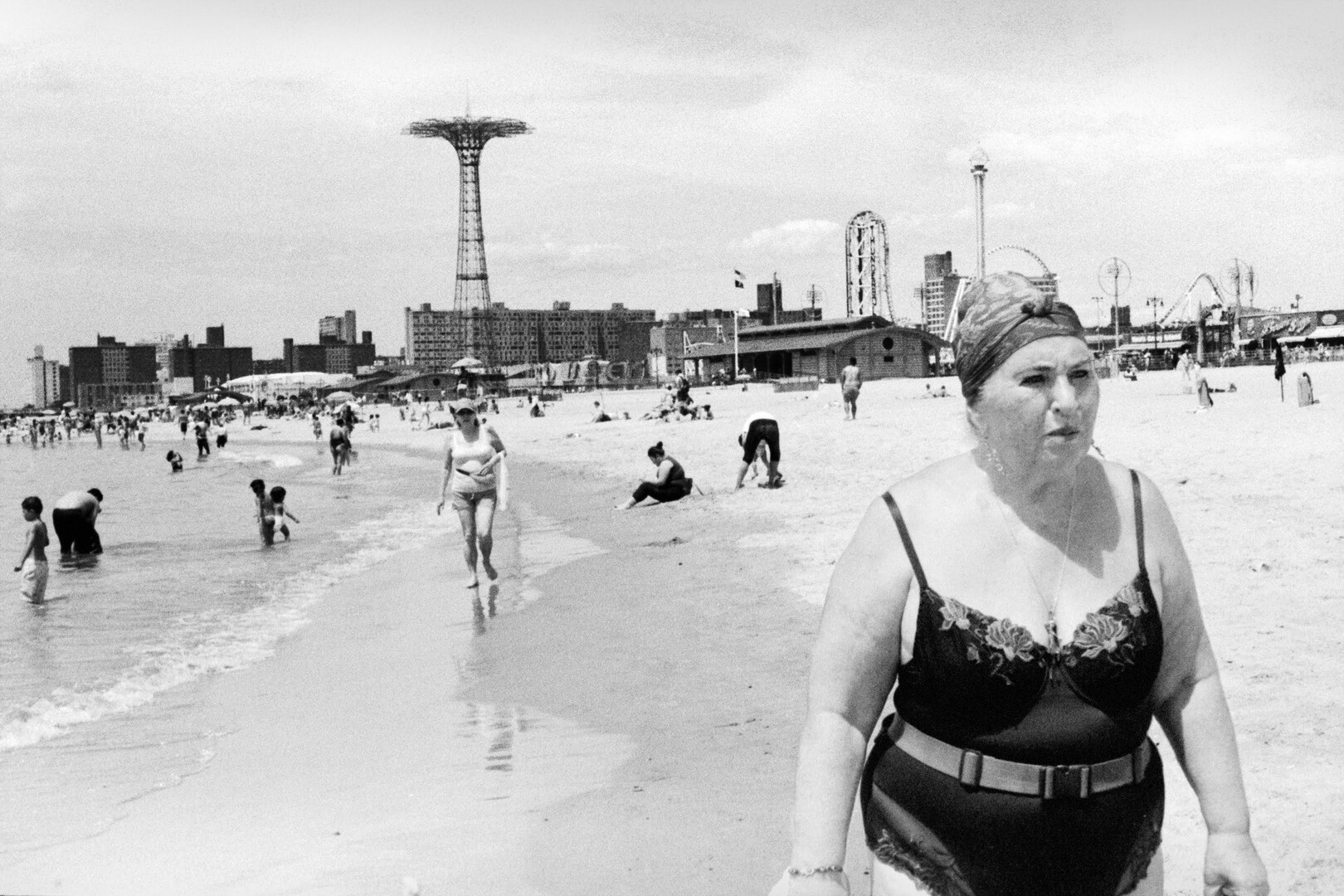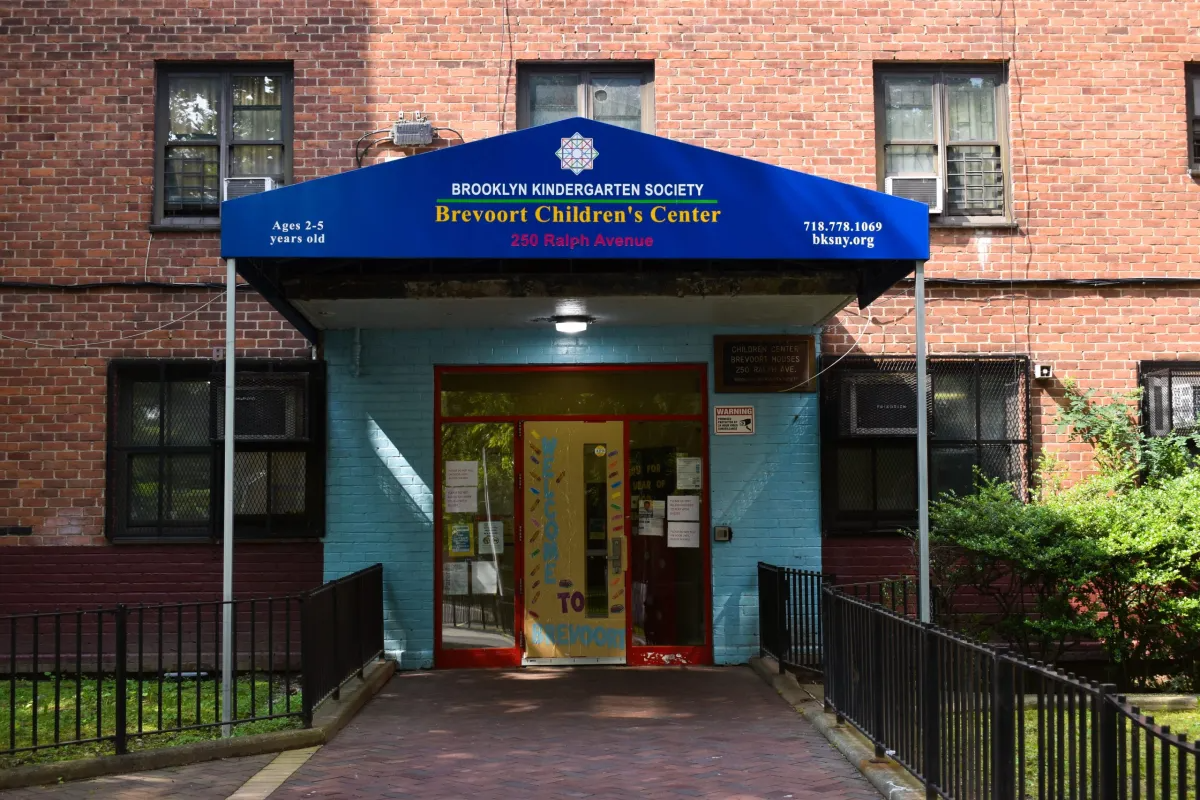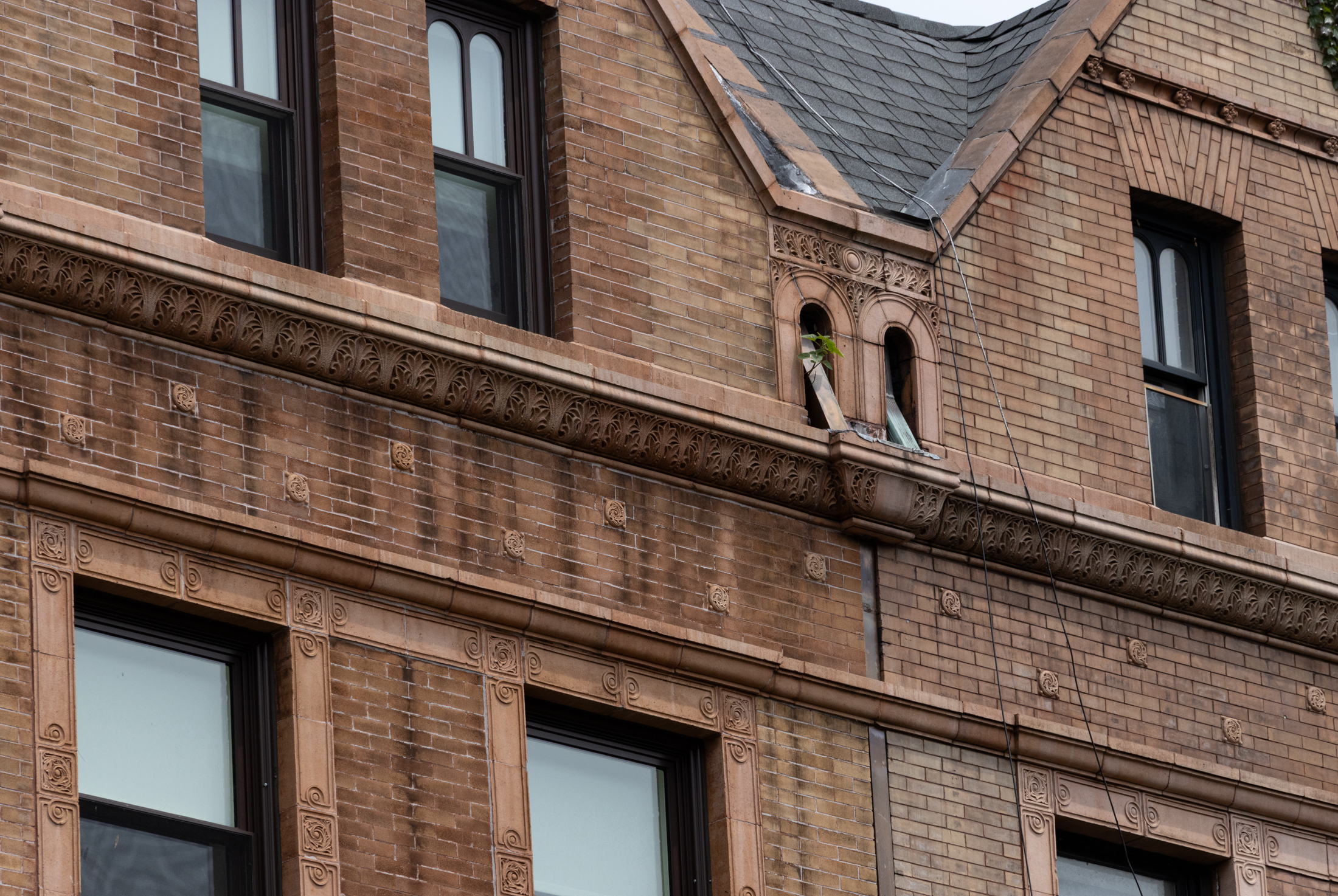Building of the Day: 200 Eastern Parkway
Our columnist’s computer problems are not quite fixed yet so we are republishing a Building of the Day from a few years ago. We expect to have new columns from Montrose tomorrow. (Photo: Wikimedia, 2008) Brooklyn, one building at a time. Name: Brooklyn Museum of Art, built as Brooklyn Institute of Arts and Science Address:…

Our columnist’s computer problems are not quite fixed yet so we are republishing a Building of the Day from a few years ago. We expect to have new columns from Montrose tomorrow.

(Photo: Wikimedia, 2008)
Brooklyn, one building at a time.
Name: Brooklyn Museum of Art, built as Brooklyn Institute of Arts and Science
Address: 200 Eastern Parkway, corner of Washington Avenue
Neighborhood: Prospect Heights
Year Built: 1893-1915, new entry pavilion and plaza: 2004
Architectural Style: Beaux-Arts Classical
Architects: McKim, Mead & White, new entry pavilion and plaza: Arata Isosaki/Polshek Partnership
Other buildings by architects: MM&W: Municipal Building, Farley Post Office, Old Penn Station, entrance to Prospect Park. Polshek Partnership: Rose Center for Earth and Space/Hayden Planetarium, New Academic Building, Medgar Evers College.
Landmarked: Yes
The story: In honor of the FIRST YEAR ANNIVERSARY of the BOTD, I give you Brooklyn’s masterpiece of civic architecture, the Brooklyn Museum. The story of how the museum came about, from humble beginnings as a library, to what we have today, was told here, here, and here. Charles Follen McKim, who is often overshadowed in reputation by his flashier partner, Stanford White, actually designed the museum. He was a master of the classical elements of the Beaux-Arts School. He purposely designed the building in quadrants, so each section could be built at different times, without leaving the building looking unfinished. The building, as many know, was never finished. Had all four quadrants been built, the Brooklyn Institute would have been the largest museum of its kind in the world, housing not only its vast art collections, but painting and sculpting schools, and centers for the study of various branches of science, mathematics, architecture and technology. When the plans were drawn up, Brooklyn was an independent city. By the time the first quarter of the building was finished, Brooklyn was part of greater New York City, and the powers that be were not willing to keep funding such a project for a borough, fearing it would eclipse the Met, and Manhattan in general. OK, there was more to it than that, but that was certainly a big factor. Another reason why the Big Mistake still reverberates in some corners. 

One of the most striking things about this gleaming temple on Eastern Parkway are the 30 statues that line the attic level, representing historical and mythological figures in Eastern and Western philosophy, in law, science, and art. They were sculpted by the finest artists of the day, all worthy works to reside inside the museum, not just outside. In 1934-35, the grand front staircase was removed, as architect William Lescaze, a Modernist in the school of Le Corbusier, reconfigured the lower floors and the entrance. By the beginning of the 21st century, plans were made to add a modern entrance that would once again make entering the building an experience. The Isosaki/Polshek entry is either much loved or vociferously hated, depending on who you talk to. We’ll never get buildings like this again.

(Postcard: CardCow. Shows what museum would have looked like if completed.)

(Botanic Garden side of the museum)





That glass scaffolding looks like a temporary sidewalk shed – one can only hope that it’s existence is ephemeral.